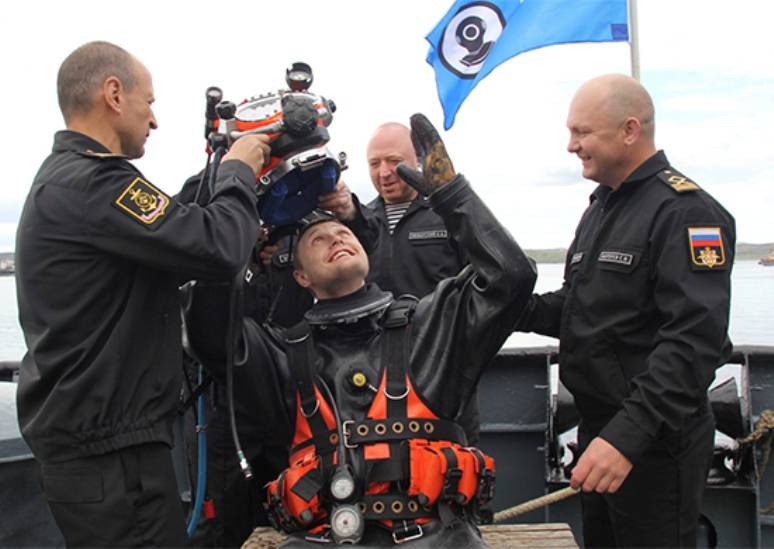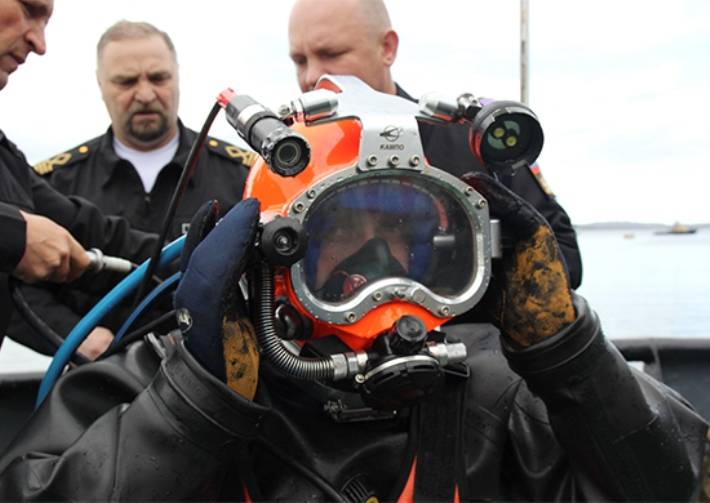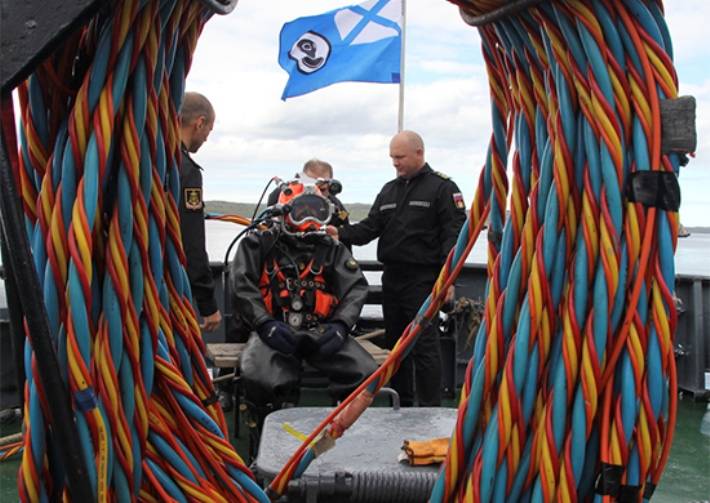SF divers completed preparation for work on the sunken transport "Thomas Donaldson"

“In descents to depths up to 60 meters, 15 divers of the squadron will be involved. In June, in the Varlamov Bay, they underwent training on the so-called epron wall — a model of a submarine hull lying on the ground at a depth of 45 meters. We spent the required number of descents under water to perform work at various depths, and also increased the physiological training in the pressure chamber, where pressure was created in 10 atmospheres corresponding to 100-meter depth, the release says.
Also various methods of decompression after work at the maximum depth of 60 meters were worked out.
The press service noted that diving descents are a high-risk job: “Not only increased pressure presents a great danger under water, but also sunken objects themselves that can damage the diver’s equipment or pin him down. Therefore, special attention is paid to training and instructing divers to conduct operations underwater. ”

In past years, specialists from the emergency and rescue squad of the Northern Fleet successfully raised several from the bottom of the Barents Sea tanks "Sherman", engineering vehicles, artillery, a steam winch and a steam locomotive.
The Thomas Donaldson (Liberty class transport) was torpedoed by a German U-boat in March 1945. The dead ship is located in the western tip of Kildin Island, near the entrance to the Kola Bay.

Information